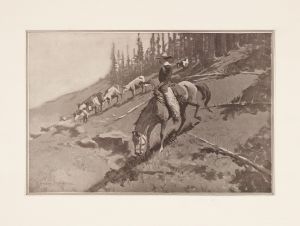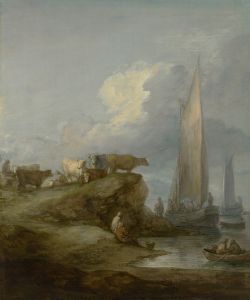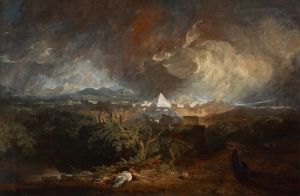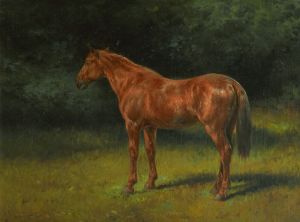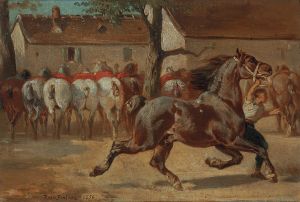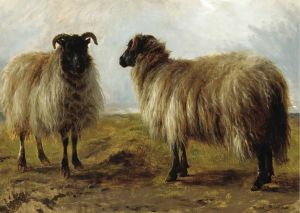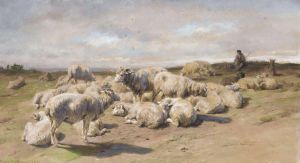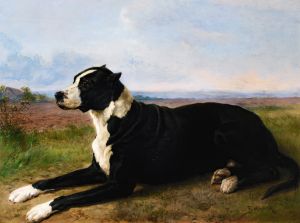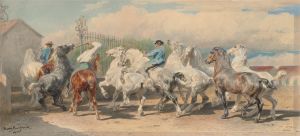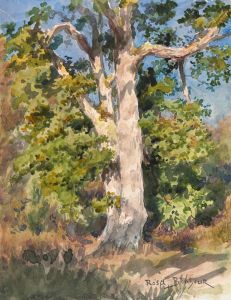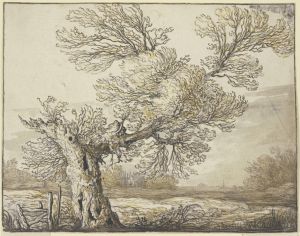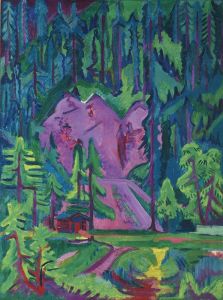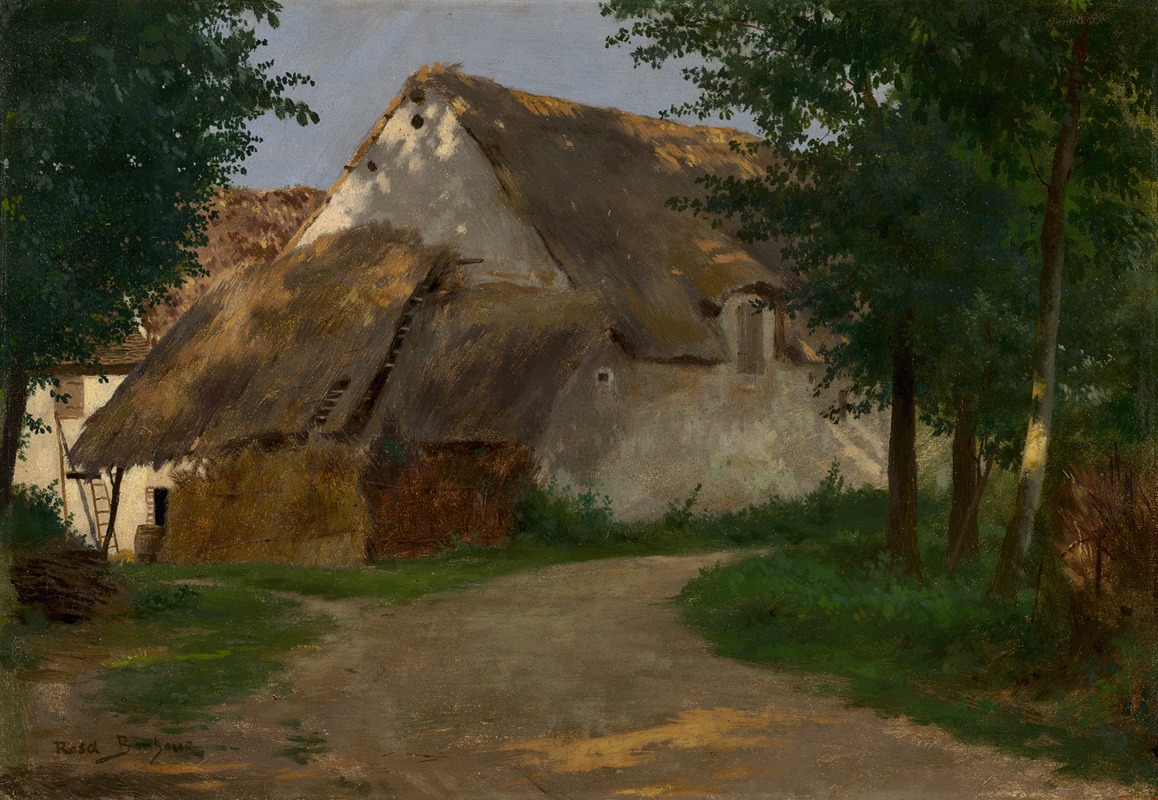
The Farm at the Entrance of the Wood
A hand-painted replica of Rosa Bonheur’s masterpiece The Farm at the Entrance of the Wood, meticulously crafted by professional artists to capture the true essence of the original. Each piece is created with museum-quality canvas and rare mineral pigments, carefully painted by experienced artists with delicate brushstrokes and rich, layered colors to perfectly recreate the texture of the original artwork. Unlike machine-printed reproductions, this hand-painted version brings the painting to life, infused with the artist’s emotions and skill in every stroke. Whether for personal collection or home decoration, it instantly elevates the artistic atmosphere of any space.
Rosa Bonheur, a renowned French artist of the 19th century, is celebrated for her realistic depictions of animals and rural scenes. One of her lesser-known works, "The Farm at the Entrance of the Wood," exemplifies her commitment to realism and her deep appreciation for the natural world. Bonheur's art is characterized by meticulous attention to detail and a profound understanding of animal anatomy, which she achieved through extensive study and observation.
"The Farm at the Entrance of the Wood" captures a serene rural landscape, a subject that Bonheur frequently explored in her paintings. Although specific details about this particular painting are scarce, it is consistent with Bonheur's broader body of work, which often features pastoral scenes that reflect her love for the countryside and its inhabitants. Her paintings typically depict animals in their natural settings, showcasing her skill in rendering their forms with lifelike precision.
Rosa Bonheur was born in Bordeaux, France, in 1822, into a family of artists. Her father, Oscar-Raymond Bonheur, was a landscape and portrait painter who encouraged her artistic pursuits from a young age. Bonheur's upbringing in a creative environment, combined with her determination to succeed in a male-dominated field, contributed to her development as a pioneering female artist. She gained international acclaim for her large-scale paintings, such as "The Horse Fair," which solidified her reputation as one of the leading animal painters of her time.
Bonheur's dedication to her craft was evident in her unconventional lifestyle. She often dressed in men's clothing, which allowed her greater freedom to move and work in environments that were typically inaccessible to women of her era. This choice also facilitated her visits to locations such as slaughterhouses and farms, where she could study animals up close. Her commitment to authenticity in her art was further demonstrated by her practice of keeping a menagerie of animals at her studio, providing her with constant access to live models.
While "The Farm at the Entrance of the Wood" may not be as widely recognized as some of Bonheur's other works, it embodies the qualities that define her artistic legacy: a profound respect for nature, an unwavering commitment to realism, and a pioneering spirit that challenged societal norms. Bonheur's influence extends beyond her paintings; she paved the way for future generations of female artists, demonstrating that talent and perseverance could overcome the barriers of her time.
Rosa Bonheur's contributions to art were acknowledged during her lifetime with numerous awards and honors, including the prestigious Legion of Honor in France. Her work continues to be celebrated for its technical excellence and its ability to capture the beauty and vitality of the natural world. "The Farm at the Entrance of the Wood," like many of her paintings, serves as a testament to her enduring legacy as a master of animal and landscape art.





